Kansas City museum is padlocked, closed for almost a year. They don’t understand why
John Roper, president of the Airline History Museum, pointed past a tall chain-link fence up to the top of Hangar 9 at the Charles B. Wheeler Downtown Airport. His organization’s home — sort of.
A year and a half ago, a bruising storm had blown in over the banks of the Missouri River and pounded some panels off the building. The swath of slatting that patches over the damage was easily visible from the ground. Roper then walked past several padlocked doors to the hangar’s south side, where he identified another shabbily repaired hole above the sign for the Airline History Museum.
“All of this was wide open to the elements — rain, snow, birds — from December 2021 to January of this year,” said Roper. “Both ends of the building had these ginormous holes in them. And there wasn’t anything we could do about it.”
Kansas City owns the Downtown Airport. It leases the majority of its hangars to Signature Flight Support, which per the terms of a city agreement has subleased Hangar 9 to the Airline History Museum since 2000.
But for the last year, Roper and his organization’s members have been locked out of their own museum by Signature. Classic pieces of American aircraft — a Lockheed Constellation, a Douglas DC-3, a Martin 404 — have sat lonely and neglected inside while a lawsuit wends its way through the courts.
It is a convoluted lease dispute involving several stakeholders: the museum, Signature, city attorneys, the city’s Aviation Department and the Federal Aviation Administration. Museum leadership says Signature wants to lease the hangar to a more profitable tenant and has locked the museum out in violation of a city lease that guarantees it free rent. Signature has argued that the lease is invalid and says the museum is behind on several years’ worth of rent payments.
The ordeal is further complicated by past tensions at the Downtown Airport — a decade-old embezzlement scandal that marred the Airline History Museum’s reputation, a costly lawsuit between the city and Signature — as well as the museum’s suspicions that a current City Council member has sabotaged it behind the scenes.
“These people snuck behind our back, played the City Council and terminated our lease without even giving us notice,” said Bill Quitmeier, attorney for the museum and a member of its board of directors. “Nobody notified us. Not one person. We were relying on that lease with the city. And now the city says it doesn’t want to get involved. It amazes me.”
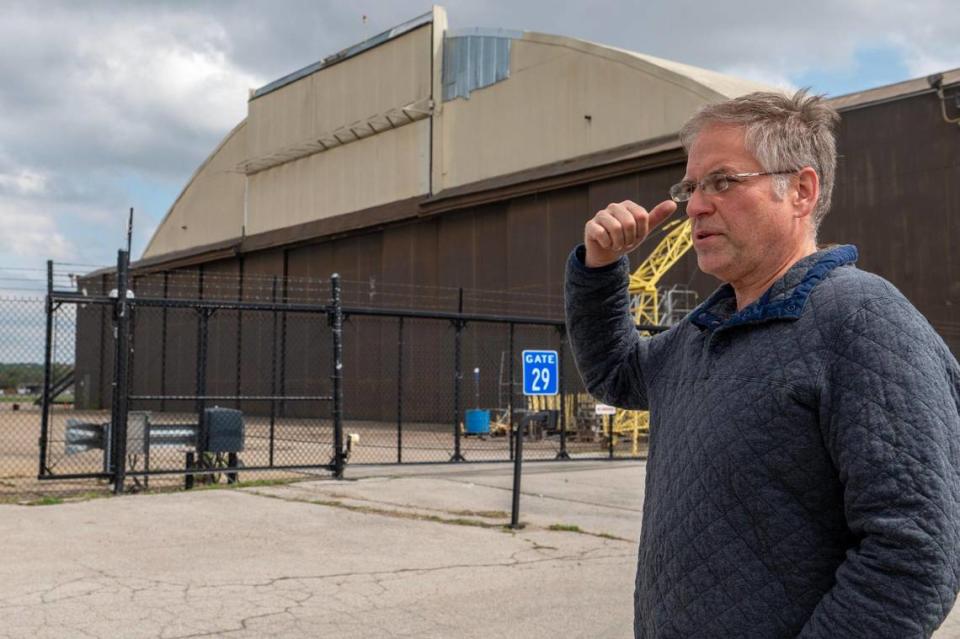
Flight history
When Roper became involved with the Airline History Museum, in 2013, he started asking about its lease.
“The story I heard around the museum was that somebody on the previous board of directors had made a handshake deal with Signature for us to pay $1,500 a month,” Roper said. “So I said, ‘Where is the lease on this piece of property? Where is the paperwork?’ Nobody could find it. I asked for the master lease, the sublease. Nobody really knew anything.”
The Airline History Museum had grown out of an effort, started in 1986, to restore a vintage Lockheed Constellation, or “Connie,” airliner. Initially called Save-a-Connie, the nonprofit grew into a kind of club for pilots, mechanics and former TWA employees in Kansas City. In 1990, the Save-a-Connie museum opened on the east side of the Downtown Airport, and in 2000 it took over Hangar 9, on the far west side of the airport, and was rebranded the Airline History Museum. In addition to vintage planes, the museum is home to a variety of artifacts from the golden age of commercial flight: TWA cockpit simulators, Southwest engines, stewardess uniforms, photos, books.
Roper did eventually find answers to his questions about the museum’s lease, though they were not simple ones. His search took him all the way back to 1973, more than a decade before the museum had even existed.
It was in that year that the city began to lease ground at the Downtown Airport to Executive Beechcraft, which was later acquired by Signature in 2007.
Though a copy of that lease has not to date been located — “Nobody’s been able to find it,” Quitmeier said — it is referenced in a 2005 master lease between Executive Beechcraft and the city.
“What happened was, between the ‘70s and into the early 2000s, Executive Beechcraft had been steadily buying up pieces of property here and there at the airport, and it got to a point where there were too many leases and the property lines were getting messy,” said museum board member Pete Barrett. “So, in 2005, the 1973 master lease was terminated and the city and (Executive) Beechcraft came to a new, single lease agreement valid until 2035.”
The Airline History Museum had signed a sublease with Executive Beechcraft in 2000 when the museum opened at Hangar 9. That sublease stipulated that the museum would pay Executive Beechcraft $14,000 per month with the option to renew every five years until 2020.
The 2005 lease brought about two significant changes for the museum. The museum retained approximately 300,000 square feet at the airport, but some of its property lines were redrawn to include a few small buildings, ramp space and a parking lot.
The other change was that the city effectively abated 90% of the museum’s rent. Under the new master lease — agreed to by both the city and Executive Beechcraft — the museum now paid just $1,400 per month so long as it remained a nonprofit museum. An amendment to the lease in 2009 dropped the Airline History Museum’s rent to zero. Per those terms, Executive Beechcraft — and by extension the museum — received fully abated rent at Hangar 9 until 2035.
Why did the city give the museum such a sweetheart deal? Barrett says it was because of the museum’s “crown jewel” status as a tourist attraction.
Bill Skaggs, a Kansas City councilman and Aviation Committee chairman at the time, remembers it somewhat differently. He told The Star last week that he recalls getting a call from someone at the museum who sought a decrease in their monthly rent.
“Everybody pretty much agreed that $14,000 was too much for a nonprofit like theirs to be paying,” Skaggs said. “So I got with the aviation director (Mark VanLoh) and Executive Beechcraft and we got their rent down (to $1,400). This was all done in conjunction with redoing all the other leases down there, not just their building.”
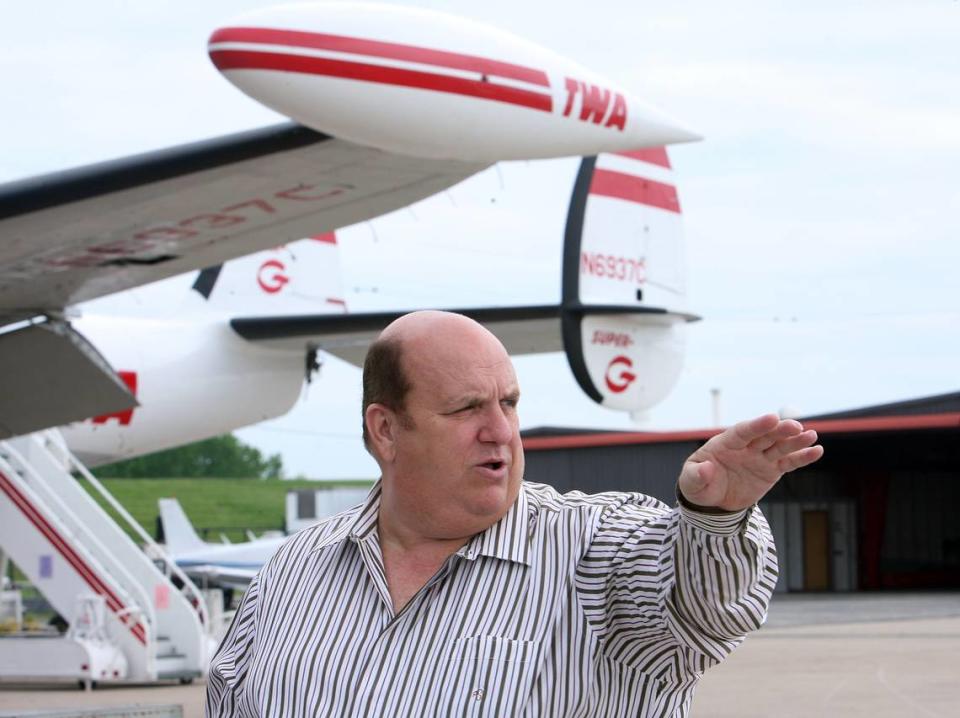
Embezzlement scandal
Skaggs joined the museum board a few years later. He was recruited by Paul Sloan, the museum’s executive director at the time. In 2010, Sloan pleaded guilty to embezzling $51,000 from the museum. Among the examples of Sloan’s mismanagement was a 2007 museum gala featuring movie star and plane buff John Travolta that raised $350,000 but after expenses netted the organization just $55,000.
After Sloan’s conviction, the museum returned to being a completely volunteer-run operation — the board had made an exception for Sloan, paying him $120,000 per year — and worked to rebuild trust among its membership and the public. It was during this period of disarray that Roper and Quitmeier say museum leadership resumed paying rent to Signature, following its 2007 acquisition of Executive Beechcraft. Why?
“These are not-for-profit boards run by volunteers,” Quitmeier said. “These leases are technical stuff. Signature sent over an invoice and they paid it. They didn’t look at it carefully. When a more astute board (led by Roper) took over, they looked things over and realized they didn’t need to pay rent.”
So, in 2015, the museum stopped paying Signature. A tug of war ensued.
“Every effort was made to resolve the issue,” Roper said. “We had several meetings (with Signature). It was agreed we needed to make things more clear and we should draft a new sublease agreement that complied with the terms of the 2005 master lease.”
But, Roper said, “Signature ignored future requests to resolve and instead worked actively to hinder museum operations.”
In 2019, the museum filed a lawsuit in Clay County claiming it had wrongfully paid Signature $62,000 in rent and asking a judge to declare enforceable the 2005 master lease and the amendment that gave the museum free rent.
It soon learned, though, that it had a new foe in its fight: the City Council.
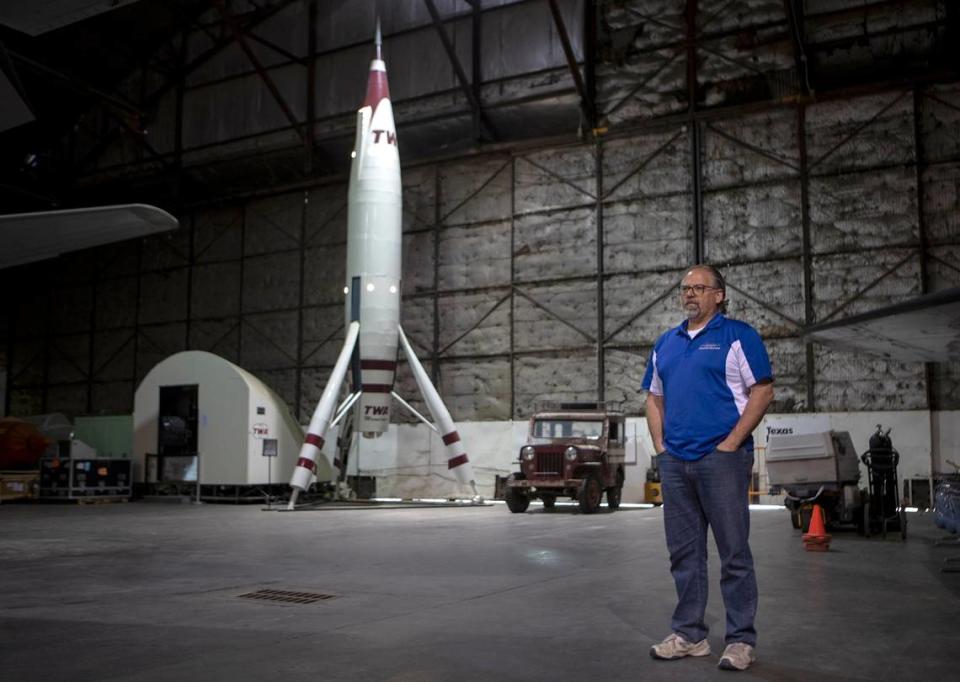
Council changes
In 2015, after being elected to the Kansas City Council, Teresa Loar submitted a resignation letter to the Airline History Museum, of which she had been a board member. She cited her conflict of interest as a new member of the City Council.
“I plan to stay very involved with the museum’s activities as well as support for anything the museum might need,” Loar wrote.
But Loar did not resign from other boards, including People to People and the Veterans Community Project.
“We never understood why it was a conflict,” Roper said.
In 2018, Mayor Sly James re-appointed Loar to the museum board. The City Council had passed a resolution allowing the mayor to appoint a council member and a city employee as non-voting members. James appointed Loar as the council representative.
“She never attended a single meeting,” Roper said.
Instead, Loar seemed intent on hobbling the museum, the museum leaders said. The following year — two months after the museum filed its lawsuit against Signature — Loar, as head of the Transportation, Infrastructure and Operations Committee, introduced an amendment to the museum’s lease that effectively eliminated the provision that said it didn’t have to pay rent. The council passed it, and the museum’s rent was raised to $3,300 per month.
“Signature knew they were going to lose to us in court,” Quitmeier said. “So after we filed suit, they went behind our back to revoke the provision where we get free rent. They did an end around on us. And nobody notified us that the City Council was taking this up. You’d think somebody on the council would say, ‘Hey, we probably need to hear from the Airline History Museum on this. But no.”
Roper said he didn’t want to discuss Loar’s motivations, which he said were rooted in “personal grievances.” But Quitmeier said he believed Loar harbors a grudge against the museum.
“It’s my understanding that, some years ago, Teresa had a friend who wanted to park their airplane at the museum — a commercial plane, not a historical plane,” Quitmeier said. “And we said, sorry, that’s against the rules, we’re not-for-profit. And apparently that angered her.”
Loar did not respond to repeated requests for comment from The Star.
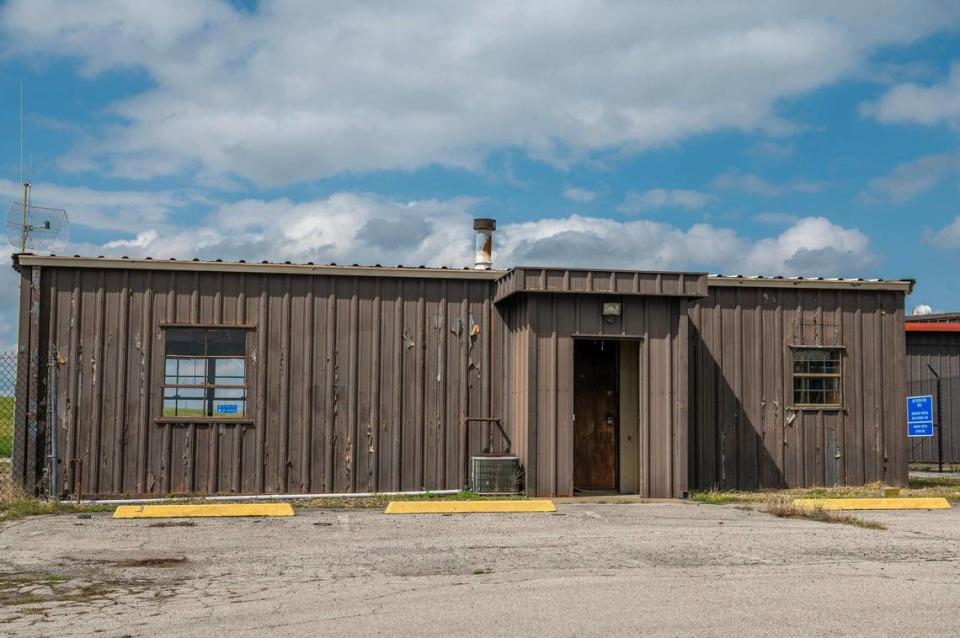
Court clash
Following the City Council amendment, Quitmeier added the city as a defendant in its Signature lawsuit. But Judge Elizabeth Davis dismissed the city, finding it was not a proper party to the lawsuit.
Meanwhile, Signature’s attorneys argued in court that the museum’s 2000 sublease took precedent over the 2005 master lease that had brought about the museum’s rent abatement.
Two years and one pandemic later, Davis ruled in a bench trial on the side of Signature, finding that not only could the museum not get back the $62,000 in rent it thought it had mistakenly paid, it owed Signature an additional $140,000 in back rent and utility bills.
The museum is appealing.
“How can a sublease to the 1973 master lease still be in existence if the lease to which it was a sublease has been terminated?” Quitmeier said. “And not only did the 2005 lease terminate the 1973 lease, it specifically provided for abated rent for the museum.”
Last June, Signature padlocked the doors to Hangar 9. Nobody from the museum has been inside since.
“These are one-of-a-kind airplanes sitting in a hangar rusting,” Barrett said. “Who knows what the water or birds — who love planes — have done to them inside there.”
Matthew Carroll, spokesman for Signature, told The Star that there is no truth to the idea that his firm is letting the museum’s planes rot.
“Signature has continued to maintain the hangar to help ensure the proper preservation of the museum’s artifacts,” Carroll said.
Carroll added that Signature is required by FAA law to sublease hangar space to paying tenants. Those regulations, he said, “do not allow for exceptions. We are acting in accordance and compliance with FAA requirements.”
In an email to The Star, Brittany Trotter with the FAA said that “airports must maintain a fee and rental structure that makes the airport as financially self-sustaining as possible under the particular circumstances at that airport.”
That would seem to mean, though, that the city and Signature were violating FAA regulations for the bulk of the last decade, when the museum was receiving cheap or free rent. The FAA did not respond to a follow-up question on that matter.
Roper isn’t surprised.
“The FAA has made numerous conflicting statements and has refrained from engaging in any meaningful discussion,” he said.
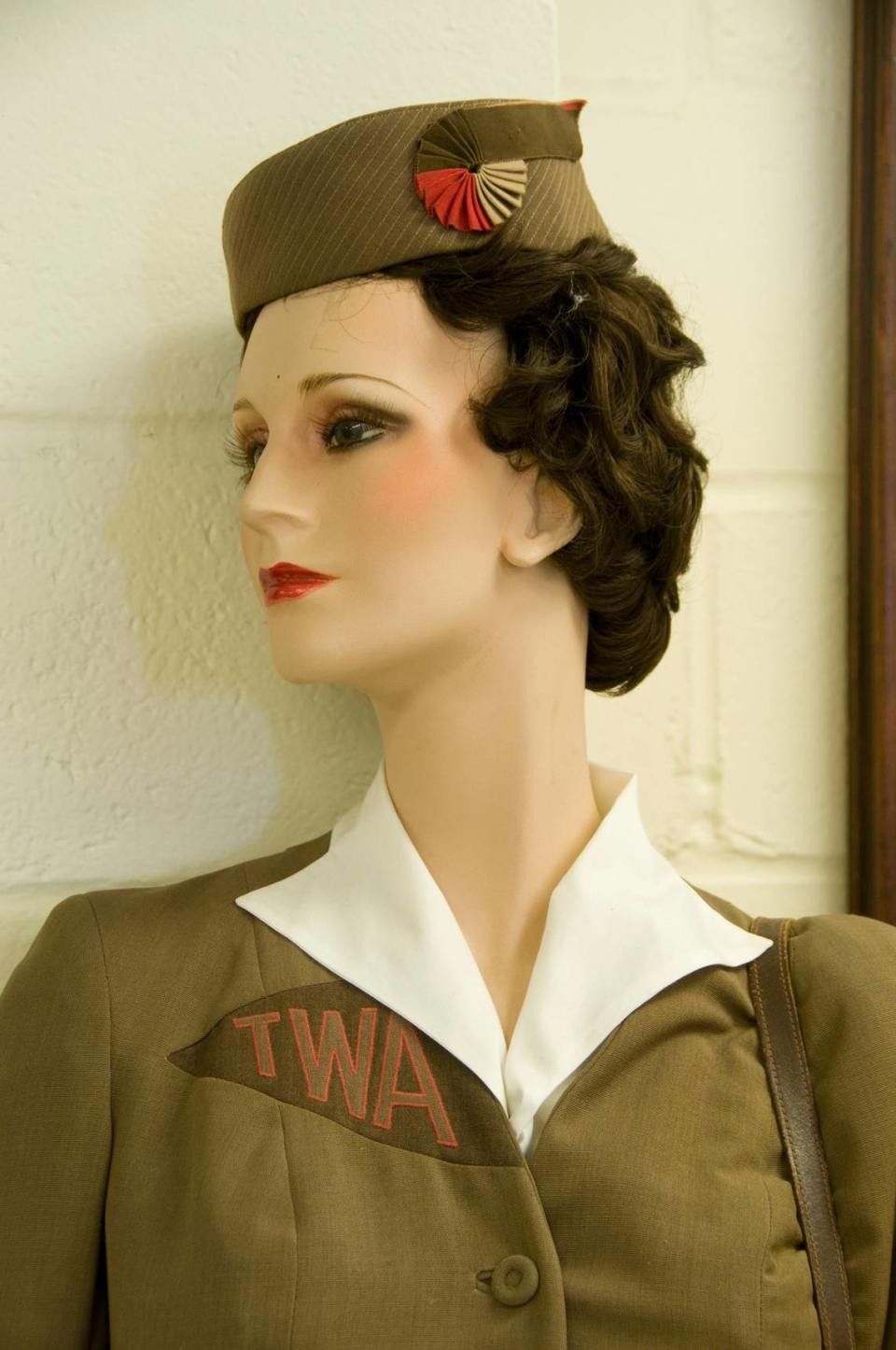
The litigation continues
Like Loar, the city doesn’t seem to be interested in getting tangled inside this legal web. Aviation Department spokesman Joe McBride said in an email to The Star that the city has no comment on the litigation or the status of the museum.
“The City has not engaged on these issues because there is active litigation and the City respects the litigation process and the rulings of our courts,” McBride said.
Roper and Barrett suggested the city’s reluctance to stand up for the museum against Signature — which is owned by Blackstone, one of the largest private equity firms in the world — is related to a 2009 lawsuit Signature filed against the city over competition at the Downtown Airport.
Fritz Riesmeyer, who was retained by the city on that suit, confirmed to The Star that Signature sought $33 million in that case and that it settled.
“The city paid no money and Signature got a restructured lease,” Riesmeyer said.
The city declined to provide Signature’s revised lease, telling The Star that it would need to submit a separate records request for the document. The request has not been fulfilled as of Friday.
Carroll with Signature said the 2009 lawsuit was “an almost 15-year old matter that is completely unrelated to this situation. This has since been resolved and we are very appreciative of our amicable working relationship with the city.”
Oral arguments in the museum’s appeal were Thursday. Quitmeier said he expects a decision later this summer. In the meantime, the vintage planes and airline memorabilia will remain on the other side of the padlocks and airport fencing, out of reach from Roper, his group and the general public.
“We’d love to sit down with the city and Signature and figure out a way forward where we can stay down here,” Roper said. “They just don’t seem interested. I know Signature wants to see us gone. But why does the city?”

